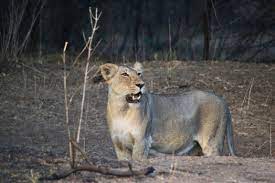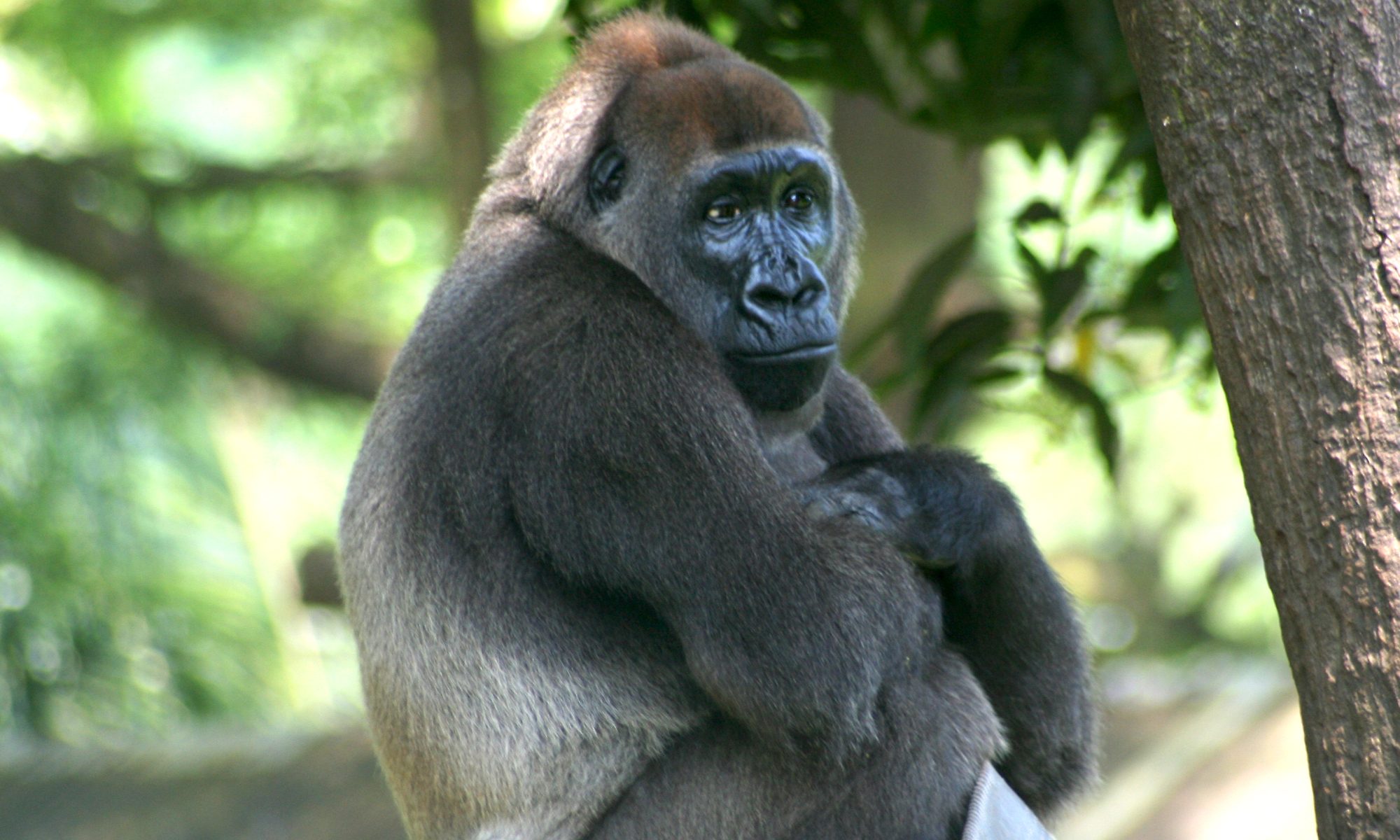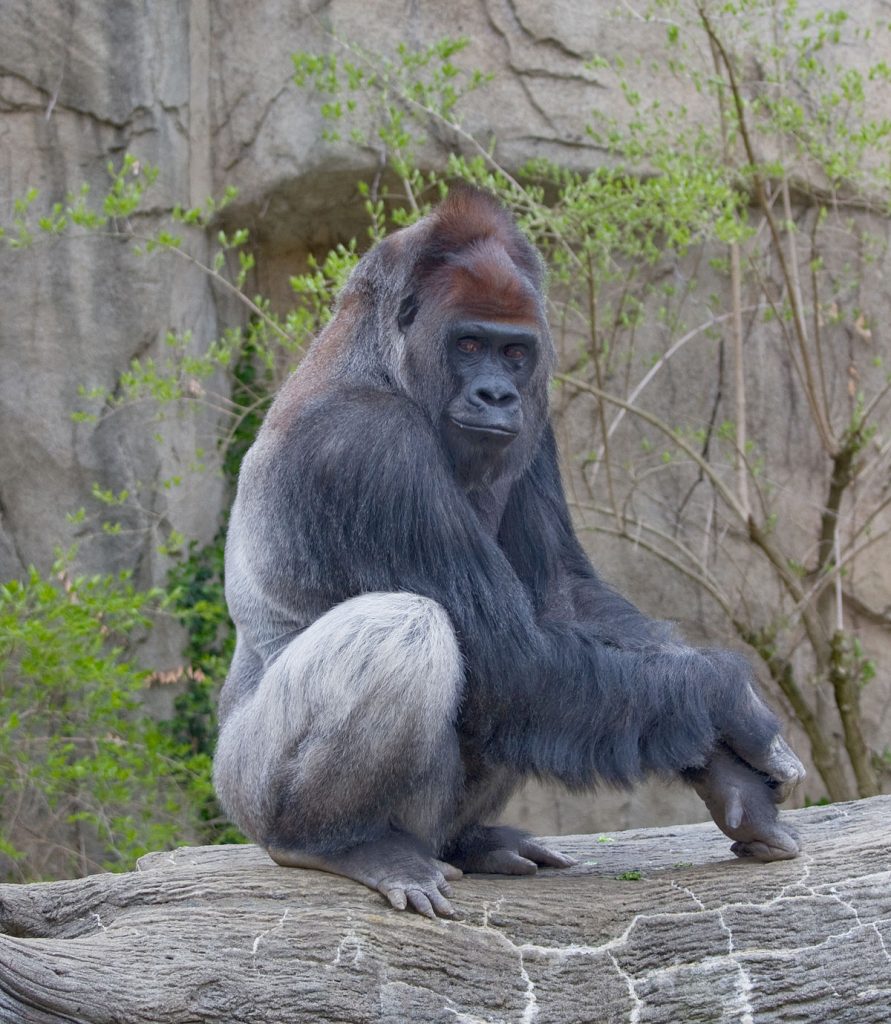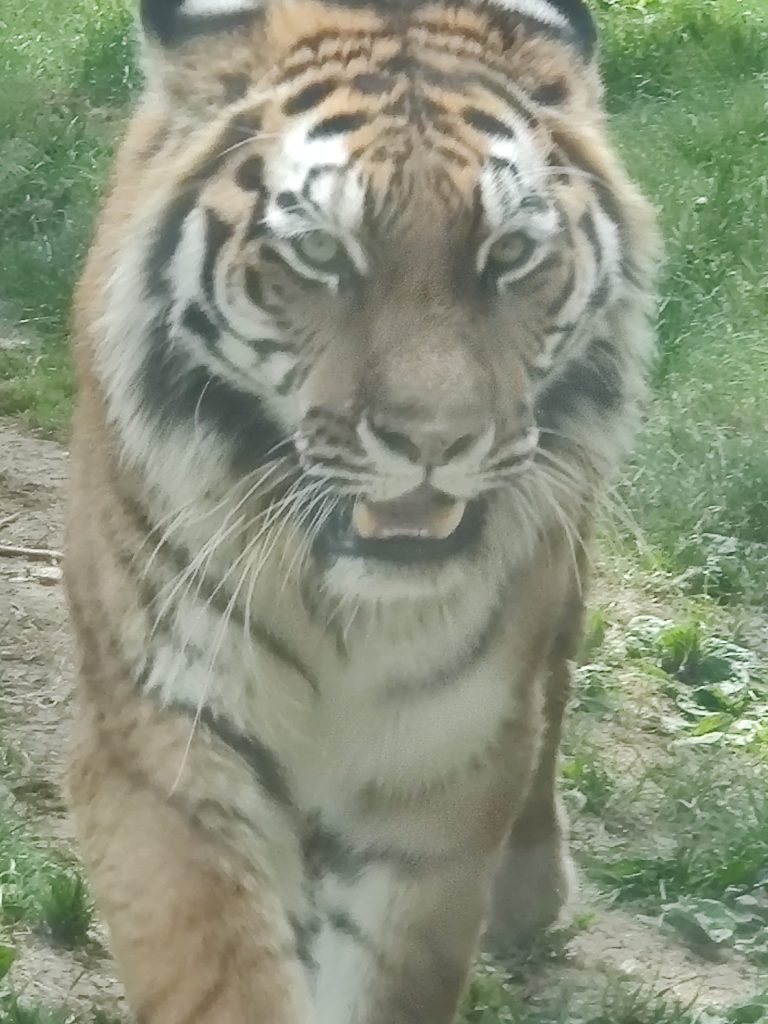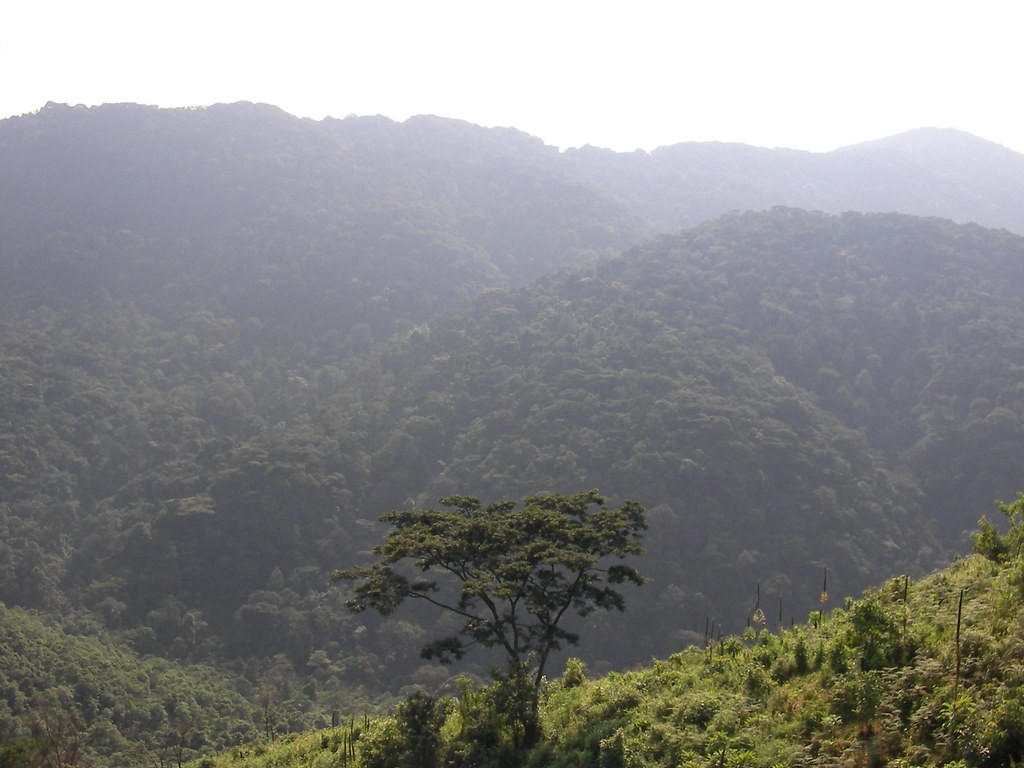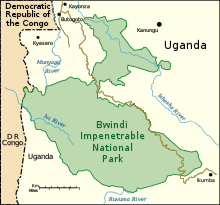So in theory an Environmental Social and Governance Index is important. This allows customers and investors to look at a company, and by looking at the size of one number they can tell if the company is doing well in these ways or badly. At least that is the theory.
Clearly it is not working in practice. The reason given for Tesla’s removal was claims of racial discrimination and crashes that are supposedly linked to its autopilot system. In the same rewriting, Twitter will be added to the list, alongside Oil refiner Phillips 66. Chevron and and delta airlines are also being dropped.
One of the main factors for Tesla’s dropping is the fact that it does not publish details related to its low carbon strategy or business conduct code.
Now, if you were being generous you could suggest that the company is following its rules without using its head, but this I believe is wrong.
It is true that an electric car has a higher carbon footprint in manufacture – batteries are energy intensive to create. What is also true, is that at the moment, even while giving fossil fuel cars every advantage possible (most calculations of their emissions treats petrol as though it appears on the side of the road, and ignores the extraction refining and transport which can as much as triple the carbon emissions for a tank of fuel) an electric car saves more carbon than the extra that it emits in manufacturing within the first 5000-10000 miles.
Now to put this in context, Exxon is listed in the top 10 on this list! Apparently, having concrete ideas on how to reduce your carbon footprint gets recognized but having already lowered it (and indeed the impact of your products reducing emissions by hundreds of tonnes over their lifetime is ignored).
Now, just to push the point home, Ark invest founder Cathie Woods slammed this removal. Cathie Woods is not only seen as incredibly effective an investment manager, but has been very clever in investing in clean companies. Indeed when asked for a quote she said “Ridiculous, not worthy of any other response”
Some commentators have suggested that this is just the Index protecting itself – several oil companies and similar are high on the list; Tesla creates an existential risk to companies like this.

